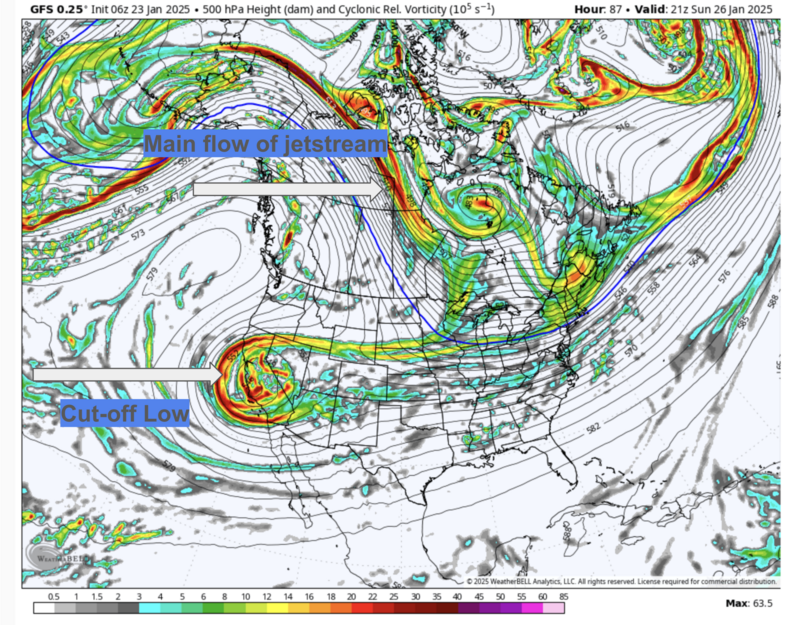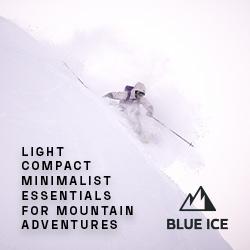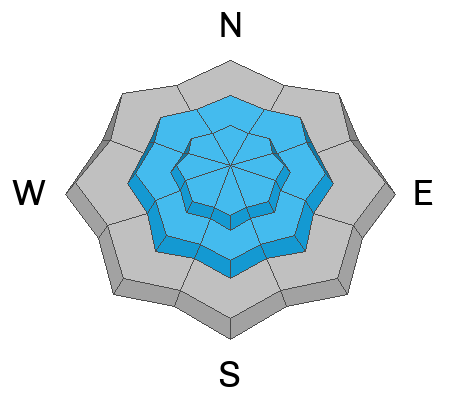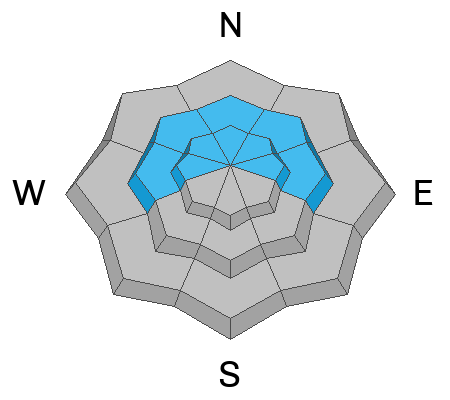Forecast for the Salt Lake Area Mountains

Issued by Drew Hardesty on
Thursday morning, January 23, 2025
Thursday morning, January 23, 2025
Pockets of MODERATE avalanche danger exist around the compass at the mid and upper elevations. It's still possible to trigger a stiff and stubborn hard slab of wind drifted snow 1-2 foot deep and perhaps 100 feet wide. On west to north to east facing aspects at the mid and upper elevations, there is still an off-chance of triggering a hard slab that steps into an old persistent weak layer buried 2-4' deep. Caution is still advised.

Low
Moderate
Considerable
High
Extreme
Learn how to read the forecast here






